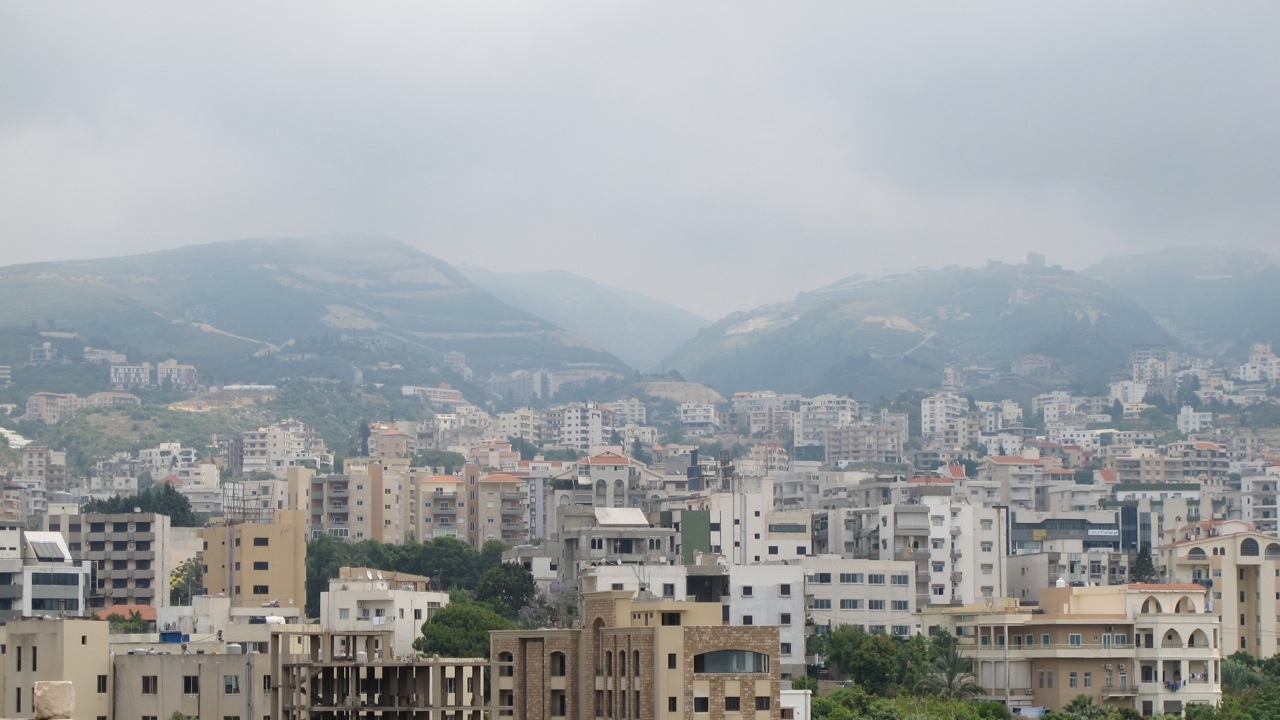Challenge
Years of civil unrest and internal conflict from 1975 to 1990 ravaged Lebanon’s infrastructure and affected provision of basic services. In particular, the municipal sector faced a range of challenges, including lack of adequate infrastructure, resulting in limited access to basic services, such as water and sewerage. Roads, drainage and water networks were in a state of disrepair due to prolonged lack of expenditure on maintenance. Soon after the civil war, the Government of Lebanon (GoL) prioritized rebuilding the country’s economy through a major National Emergency Reconstruction Program (NERP), focusing primarily on regional infrastructure. In 1993, it also established the Ministry of Municipal and Rural Affairs (MoMRA) and funded municipal operations through the Independent Municipal Fund (IMF). Despite these efforts, transfers to municipalities remained unpredictable, while the municipalities’ institutional and financial resource base remained weak. This situation prompted the GoL to seek assistance from the World Bank in the implementation of its municipal infrastructure programs.
Solution
The project focused on the reconstruction of priority public infrastructure destroyed or damaged during the hostilities in about 185 municipalities, including construction and renovation of urban roads, sidewalks, retaining walls, street lighting, water and sewerage network, as well as restoration of municipal buildings and information and communications technology (ICT) equipment. An important component of the project was to provide assistance in the building of new municipal infrastructure in order to revive the local economy, including financing of market places and access to public facilities, and site and services schemes and upgrading service delivery. Finally, the project provided support for project management, technical assistance for implementation, and supported capacity building to improve transparency in the management of intergovernmental transfers and financial flows from the central government to the municipalities, including establishing a Municipal Observatory intended to provide a suitable knowledge base for sustainable and transparent municipal management.
Results
The project contributed to short- and medium-term reconstruction and economic recovery and directly benefitted an estimated 375,427 people with restored basic services and economic development opportunities. The technical assistance provided by the project reduced municipal dependence on transfers, further strengthening the municipalities’ prospects to be responsible for continued recovery efforts. Project support for infrastructure reconstruction and rehabilitation was successful with 440 sub-projects benefiting 178 municipalities, almost reaching the tentative appraisal estimate of 185 municipalities. The project also helped restore basic infrastructure, bringing the city environment back to pre-conflict or superior to pre-conflict conditions, reestablishing transport and access to water, and providing street lighting for increased security in a record time. Meanwhile, workshops and hands-on training were used by the project to familiarize municipalities with the technical, social, environmental and economic criteria for the prioritization of their project needs. Specific achievements include:
Reconstruction of Public Infrastructure
- 17 municipal building reconstructed.
- 175 km of roads rehabilitated and repaired.
- 4,684 streetlight poles erected.
- 10.7 km of storm water drains repaired.
- 48.7 km of retaining walls.
Local Economic Recovery and Development
- Construction of 15 public facilities in 15 municipalities.
Capacity Building
- Three (3) municipal finance studies were conducted.
- Constructed and equipped Municipal Observatory.
Bank Group Contribution
Total cost of the project was US$30.1 million, which was processed as an additional financing grant through the Trust Fund for Lebanon. The Trust Fund was originally established by the Bank in September 2006 with a transfer of US$70 million from the International Bank for Reconstruction and Development’s (IBRD) surplus to respond specifically to the GoL’s renewed request to help rebuild the country’s infrastructure. The additional grant was linked in terms of implementation, but treated as a separate project due to the differences in financing sources.
Partners
The Ministry of Interior and Municipalities (MOIM) was the implementing agency in Lebanon.
Moving Forward
The studies implemented through the project now constitute MOIM’s Municipal Finance Strategic Framework. Additionally, and as a direct follow-up to the project, the GoL is also developing a Local Governance and Local Development Program with EUR 20 million in financing from the European Union (EU).
Beneficiaries
The project benefitted the residents of 178 municipalities, which for the most part, had not benefitted from local investment in essential infrastructure and services during the conflict, and were not receiving support from other donors. The target population benefited directly and indirectly from: (i) upgrading of existing municipal assets, improved drainage, and access roads to primary services; (ii) provision of street lighting, and improved road safety; and (iii) upgrading and repair of existing water and sewer networks to improve service reliability. The project also benefitted the Ministry of Interior and Municipalities (MOIM) and local institutions (municipalities) by strengthening their capacity in project management and improving their information management system through the establishment of the Municipal Observatory.
